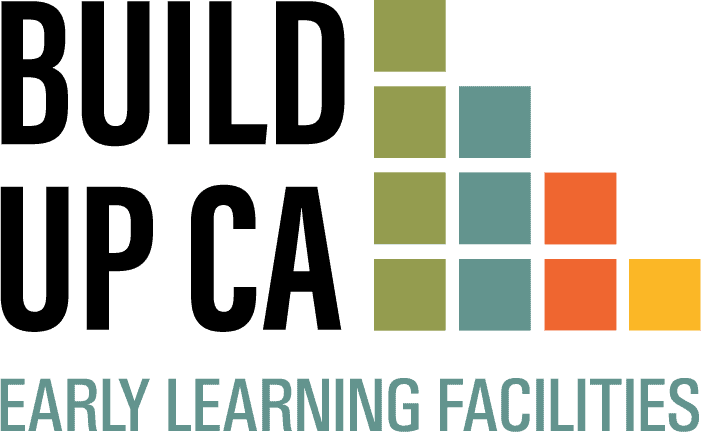The National Association for the Education of Young Children (NAEYC) shared a brief survey with child care programs to learn more about the challenges they are facing across states and settings, and the impact a closure without significant public support would have on a program moving forward.
To flatten the curve and save lives, child care programs need to be able to close alongside K-12 schools in their states and districts with the confidence that they will be able to keep their space and make their staff whole, just like the K-12 system will. Significant, additional, and flexible federal and state funds for child care subsidy programs are crucial, alongside actions to protect the child care supply across settings and states, including access to unemployment insurance, mortgage forbearance, rent deferrals, and access to capital through grants and zero-interest loans.
Published on March 17, 2020.
For more info, click here for the full report.



